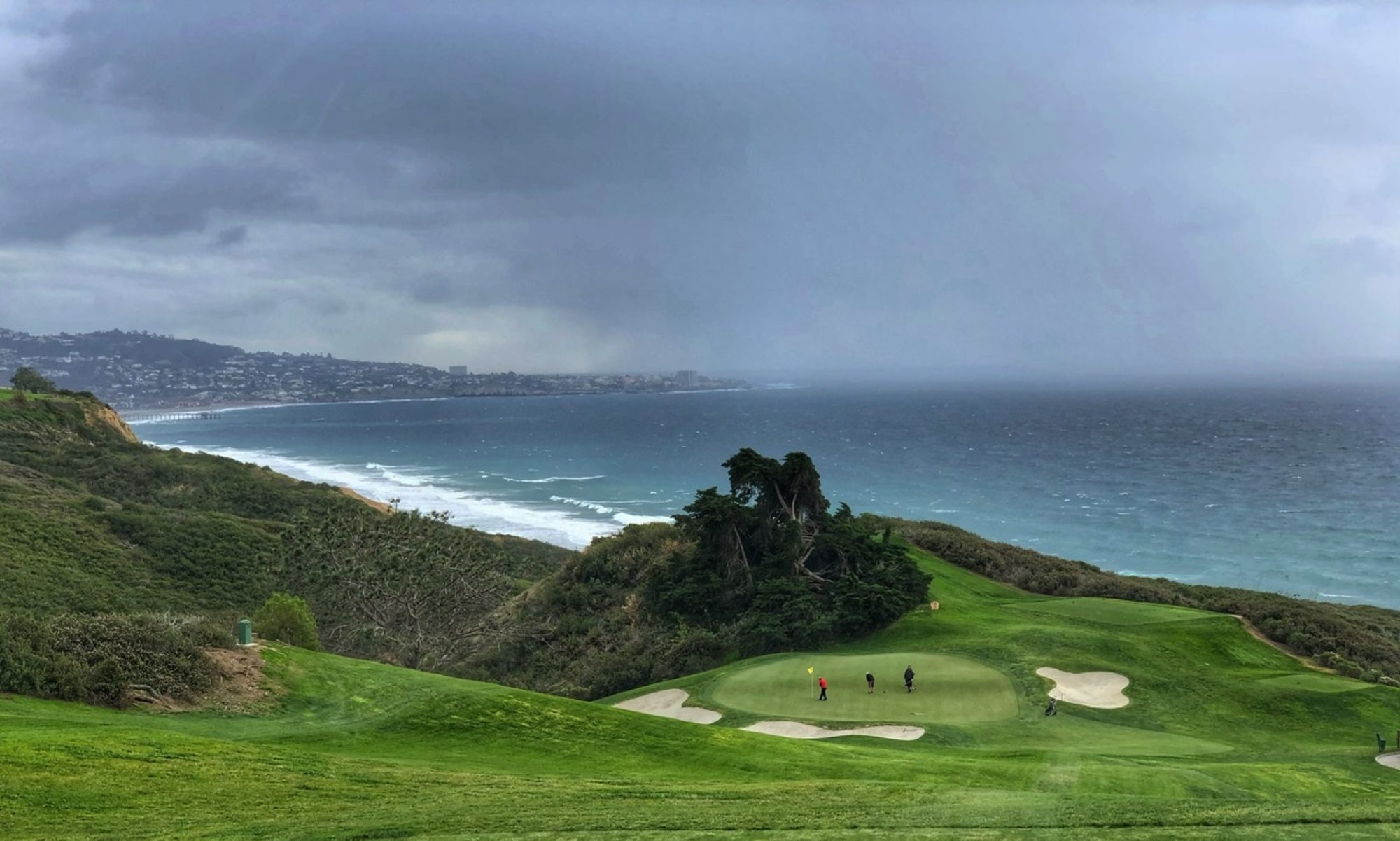The second hand swept past twelve midnight on the operating room clock as the retractor dug into the palm of my hand and my biceps lactate level soared. “Hmm, you’re choosing Internal medicine?”, intoned Dr. G, as he directed the surgical resident to place catgut sutures into a human gut that was defiled by a stab wound in the heat of a gang altercation in East Los Angeles in 1977. I pulled on the retractor as Dr. G. sermoned his soliloquy on the superiority of surgical practice. “Who is going to save the patient with appendicitis or peritonitis from certain death? The surgeon!”, he emphatically answered.
Morning arrived quickly and surgical rounds began as a retinue of visiting professors, fellows, residents, interns, social workers, case workers, physical and occupational therapists and finally third year medical students filed in behind Dr. G. In my sleep deprived mind, I saw his surgical cap as a tri-cornered hat, his pocketed stethoscope as a sword and his entry through the door of the large L.A. County Hospital ward as passing under a faux Arc de Triomphe after his conquests at Austerlitz. Moments later, he transmogrified into a fusion Perry Mason and Clarence Darrow, as he interrogated a profusely sweating surgical resident who had the misfortune of a post cholecystectomy wound infection.
Many decades later, playing “where are they now?,” I did the perspicacious detective work of finding out what accolades Dr. G. had received in the 21st century. In other words, I had googled his name. Up came the answer: He had retired to a South Pacific Island to manage a greenhouse and take care of plants and trees on the island. He had become a plant and tree doctor! The head of Los Angeles County Trauma Response who had mended miles of injured intestines, cauterized thousands of bleeding blood vessels, and drained an ocean of abscesses had become a tree and plant caretaker. I was gobsmacked to say the least.
Trees were meant to be cut down to make way for McDonalds’ parking lots, inspire insipid poems that 4th graders needed to memorize, and knock down errant golf balls. (Dwight Eisenhower, the Supreme Commander of D- Day and former U. S. President, urged Augusta National Golf Club to cut down a tree on the 17th hole that consistently stymied his tee shot).
As the years peeled away and I grew more gray, I learned respect for green. Peripatetic journeys with my botany-wise spouse and selected artificial intelligence plant apps opened up the world of beauty and ecological necessities of our flora. The mountain ash leaves feeding an army of tadpoles, our Red Osier Dogwood stabilizing our topsoil and preventing erosion, sunflowers blooming in summer and providing sustenance for bees, the Oregon Crabapple providing shelter and food for the Bluebird and Cardinal, and the joyful human stroll under the elevated tunnel of American Elms lining the Literary Walk at Central Park, are fine examples of the edification and beauty I had discovered in my new-found hobby of tree identification and exploration.
Dr. G had seen decades of turmoil and tragedy mending the human body in East LA. He found tranquility and peace tending the South Pacific flora thousands of miles from the mainland. His time spent caring for trees, I would like to think, was like a healing tonic for a soul undoubtedly troubled and fractured from the many toils and challenges of practicing medicine and surgery for decades. In a sense, he was finding his humanity and giving back to the planet what we have taken for granted for so long: the life-giving beauty of the Kingdom Plantae. I have to admit, I completely understood.


















